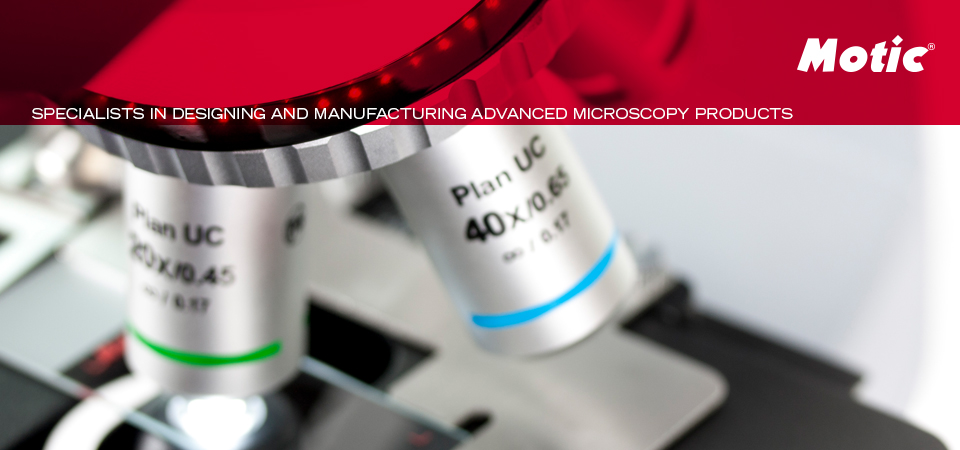The reproductive organs of the rabbit female are seen as primitive. The fixing of the gender of the rabbit occurs during the embryonic phase, on the 16th day after conception. The ovaries develop from a mass of cells that are located near the testicles. The development of the ovaries is accompanied by the degeneration of the male testicles. The development of egg cells occurs approximately from the 21st day and will continue until birth, around the 30th day.
The first follicle, the "bags" in which the eggs (ova) mature, develops 13 days after birth. (See the accompanying photo on which the follicles containing the eggs can be seen at various stages of development) The development of the ovary starts around the 21st day after birth and continues until the 30th day. The first eggs do not begin to develop until 13 days after birth. The ovaries, ellipse shaped bodies of approximately 1.5 cm, are found at the end of each uterus, just below the kidneys.
Wednesday 23 October 2019
Wednesday 9 October 2019
Spores
For some people moss is a green plague. For other people moss is of unprecedented beauty. The Netherlands has more than 600 species of moss. There is even a real red list of rare and endangered moss species. Moss is a spore plant. The sporangium grows into a thickening in which the spores are located. As soon as the spores are ripe, the thickening will lose its cap and the spores can be transported by the wind.
Tags:
Botany,
Bryum capillare,
microscope,
microscopy,
moss,
motic,
MOTIC EUROPE,
moticam,
Moticam 10+,
moticam 10+ stack,
science,
smz171,
Spore capsules,
Spores
Wednesday 2 October 2019
A perfect sample for understanding the fine focus procedure: Pollen grains from Cobaea scandens
Cobaea Scandens (Jacob’s ladder family) is a widespread ornamental plant for garden and balcony. Domiciled in Mexico, this climbing plant is cultivated as an annual in the temperate zones.
Subscribe to:
Posts (Atom)




